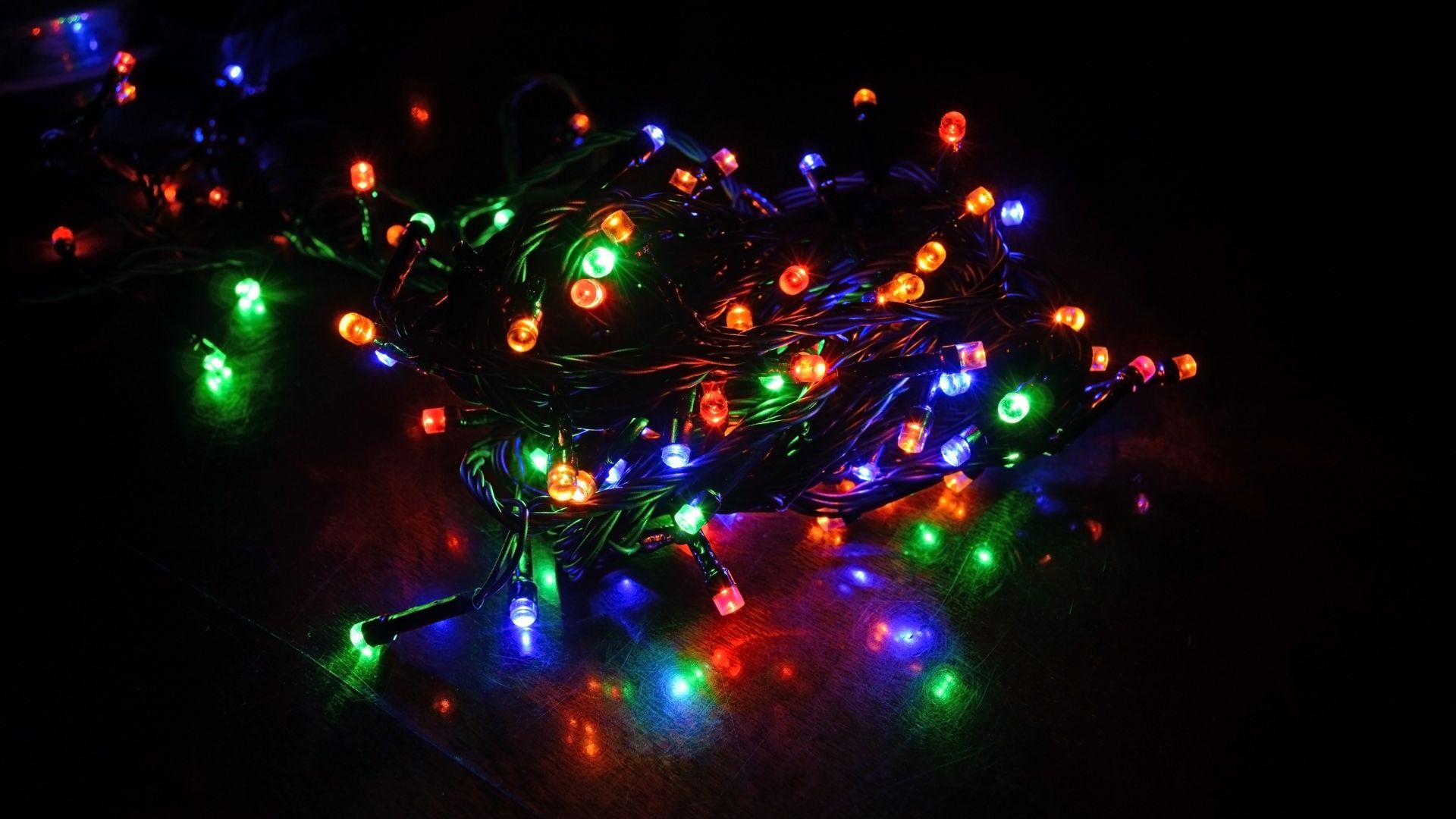The Reasons to Use LED Lighting

LED lighting is becoming increasingly popular for both commercial and residential applications. There are many reasons for this, but the main ones are that LED lights last longer, use less energy, and improve visual appeal and functionality. Additionally, LED lighting creates a safer lighting environment and can be used for a variety of purposes.
The science behind LED lighting is also quite fascinating. LEDs work by converting electrical energy into light using a semiconductor. The history of LED lighting dates back to the early 20th century, but it was not until recently that they became widely used in commercial and residential applications. The future of LED lighting looks very bright (no pun intended!), as new technologies are constantly being developed to make them more efficient and affordable.
The Benefits of Led Lighting.
LED lights can last much longer than traditional incandescent bulbs, and they also use far less energy. This means that you’ll save money on your energy bills, and you won’t have to replace your bulbs as often.
Leds Lights Improves Visual Appeal and Functionality.
Not only do LEDs last longer and use less energy, but they also provide superior lighting quality. LEDs emit a cleaner, brighter light than traditional incandescent bulbs, making them ideal for a variety of settings.
Led Light Creates a Safer Lighting Environment.
LEDs are also much safer than traditional incandescent bulbs, as they emit very little heat and don’t contain any harmful chemicals or toxins. This makes them an ideal choice for homes with children or pets.
Led Lights Can Be Used For a Variety of Purposes.
Because of their many benefits, LEDs can be used for a wide variety of purposes, both indoors and outdoors. They’re perfect for accent lighting, task lighting, general lighting, and more.
The Science of LED Lighting.
Light emitting diodes, or LEDs, are semiconductor devices that release energy in the form of light when an electrical current is passed through them. LEDs are made up of two parts: the anode, which is the positive side of the LED, and the cathode, which is the negative side. When electricity is applied to the anode and cathode, it causes electrons to flow from the cathode to the anode. This flow of electrons releases energy in the form of photons, which we see as light.
The color of light that an LED emits depends on the materials used to create the LED. For example, red LEDs are made with a material that has a relatively low electron energy level, while blue and green LEDs are made with materials that have higher electron energy levels. The different colors of light emitted by LEDs can be combined to create white light.
LEDs are much more efficient than traditional incandescent bulbs because they don’t waste energy as heat. In fact, about 90% of the energy used by an LED is converted into light, while only about 10% is wasted as heat. This makes LEDs much cooler to the touch than traditional bulbs, which can get very hot to the touch.
The History of LED Lighting.
LED lighting has been around for decades, but it was only recently that it became a viable option for home and office lighting. The first commercially available LED was created in 1962 by General Electric Company (GE). However, these early LEDs were very inefficient and emitted a very dim light. In 1976, Fairchild Semiconductor Corporation developed a new type of LED made from gallium arsenide phosphide (GaAsP), which emitted a brighter light than previous versions.
In 1987, Nichia Corporation developed another type of LED made from indium gallium nitride (InGaN), which could emit blue and green light in addition to red and yellow light. This development paved the way for white LED lighting. In 1993, Cree Incorporated developed even more efficient GaN-based LEDs. Today’s LED lights are based on these early innovations and continue to become more efficient as technology improves.
The Future of LED Lighting.
The future looks bright for LED lighting! As technology continues to improve, LEDs will become even more efficient and cheaper to produce. This will make them increasingly popular for both home and commercial lighting applications. Additionally, research is being conducted on ways to further improveLED efficiency and color rendering ability. For example, scientists are working on developing “phosphor-converted” LEDs, which would be even more efficient than current LEDs.
LED lighting is also becoming more popular for automotive applications. Many new cars now come with LED headlights and taillights, and this trend is likely to continue in the future. Additionally, as electric vehicles become more popular, LED lighting will play an even bigger role in the automotive industry.
Conclusion
LED lighting is a great choice for a variety of reasons. It is more energy efficient than other types of lighting, it can improve the visual appeal and functionality of a space, and it can create a safer lighting environment. The science behind LED light is fascinating, and the future of LED lighting is very bright. If you are considering switching to LED lighting, there are many great reasons to do so.
